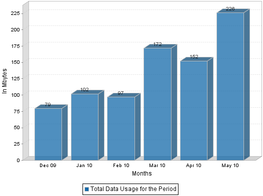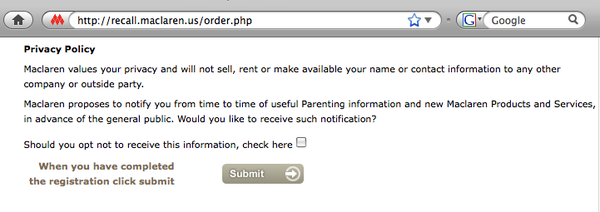I was never much of a physical force growing up. Slowest in the 440 at school, always a few pounds overweight, I was more of a thinker, and made my way by being clever and omniscient, not all-powerful.
Which is why sometimes it's hard for me to root for the New York Yankees. I get tired of seeing them outspend the league, overspend on players, and basically pummel the free agent market into submission every winter. Defending my team's actions is tiresome, particularly since I don't always agree with the maneuvers, despite being a loyal fan for 30 years.
More importantly, where has it gotten them? The most-expensive-ever Yankees of this season are the first in 13 years to miss the playoffs. The Yanks of the late 1990s achieved four World Series championships in five years with a foundation of homegrown talent. Since then the Yankees have proved (like the Orioles did a decade earlier) that a team can't simply buy a championship.
The Yanks are determined to try, which is fine. But what particularly galls me is the level of disparity. Their 2008 payroll was 51% higher than the second-highest team and 140% more than the league average. I don't exactly dislike the Yanees' ability to spend, but come on. The system is surely broken that their budget can be $209 million when the average team is spending $90 million.
Major League Baseball needs to reconcile the Yankees' payroll in a way that simultaneously appeases the players' association and other owners. So the Yanks paid $26 million in revenue-sharing: that's barely 12% of payroll, and didn't slow them at all. At the same time, MLB must also continue to address parity; the Florida Marlins' $22 million payroll, at 10% of the Yankees', is equally embarrassing.
In lieu of a hard salary cap, which will be too hard to fit into baseball's current economic model, perhaps a tether is in order. What if the maximum spend were set at, say, 200% of the previous year's median? That would give wealthier teams room to pay, while preserving a realistic upper limit. It would allow the less wealthy teams to spend less, as is their wont. It might also realign teams' responsibilities--the Yankees would suddenly have tens of millions of dollars of their own money freed up for other things. Like paying for their new stadium without begging for more public funds.
Last year's median spend was approximately $80 million (between the Brewers' $81 million and the Indians' $79 million). If the tether were in place, the cap for the 2009 season would be $160 million. That's more than $21 million higher than the payroll of every other team in baseball, but a good $40 million below the Yankees' expectations. It would have allowed them to sign CC Sabathia or Mark Teixeira or A.J. Burnett but probably not all three. Which in turn would put, say, Teixeira in Washington, boosting the Nationals' payroll by $20 million, which raises the median price, bumping the 2010 tether, and so on.
This is just one of many ideas, and it may not get noticed beyond this blog. But it would sure be nice to do something about this imbalance. Because like the bully in many a Hollywood tale, the Yankees keep proving that might does not make right. A little fiscal restraint might do them, and the rest of baseball, some good.


